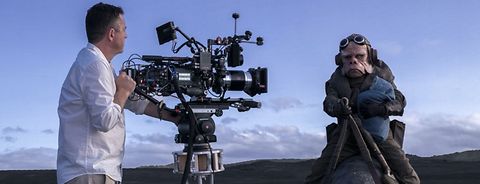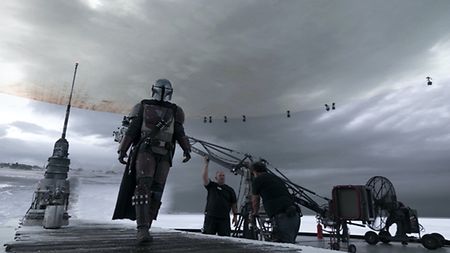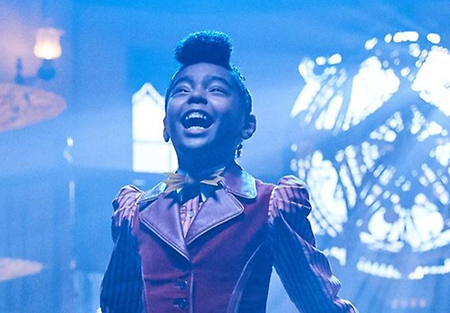We caught up with Greig Fraser in Los Angeles to talk about the Disney+ series, “The Mandalorian,” the first live-action series in the Star Wars saga. Unlike previous Star Wars efforts, which relied heavily on location shoots or green or bluescreen technology, “The Mandalorian” used real-time, in-camera compositing. This involved shooting on a stage in front of a structure termed the Volume: a concave video wall comprising 1,326 LED screens, enveloping the set with photo-real digital backgrounds representing any number of different planetary landscapes or interiors. The series was captured with ALEXA LF cameras and is Emmy-nominated in 15 categories, including outstanding drama series, cinematography, and visual effects.
What was the look and style of the Mandalorian?
[Showrunner] Jon Favreau and I are both big Star Wars fans, and I had done a Star Wars film before with “Rogue One.” I had studied a lot of Star Wars and believe it or not, there is a very classic Star Wars style of filmmaking, which involves beautiful big wide shots, nice tight shots, and small camera moves. If you look back to how “Star Wars: Episode IV” was made, you’ll see Star Wars has a particular style, and we drew upon that in the beginning.
Jon also wanted me to watch a number of Westerns and Samurai films because of their influence on the gunslinger idea of “Mando.” We started there and figured out the path through. We also knew we were going to be shooting this on new technology, the LED Volume, so we had to create a look that would work for that environment. It meant we didn’t do too much handheld, because the Volume doesn’t love that, but we made sure we had enough slow moves, beautiful dusk shots, and landscape shots to work for the Volume and also for our aesthetic.
You can see the influence of Western films in the opening scene of the series. In Westerns, it’s very common to have the gunslinger walking into the bar or walking into the town; the door opens to the bar, the gunslinger walks in, and everybody stops. It’s a classic trope and is fantastic because we all know what we are watching when we see something like that. The idea for having that as the opening of “The Mandalorian” sets the tone for the rest of the series. So, he walks into the bar, gets into a bar fight, grabs his prey, and then leaves. It's very matter-of-fact and sets the tone perfectly by using these Western references.



